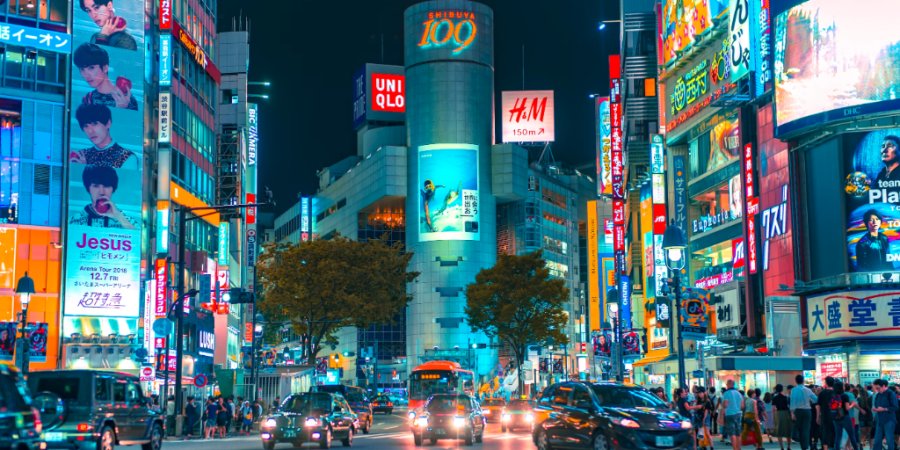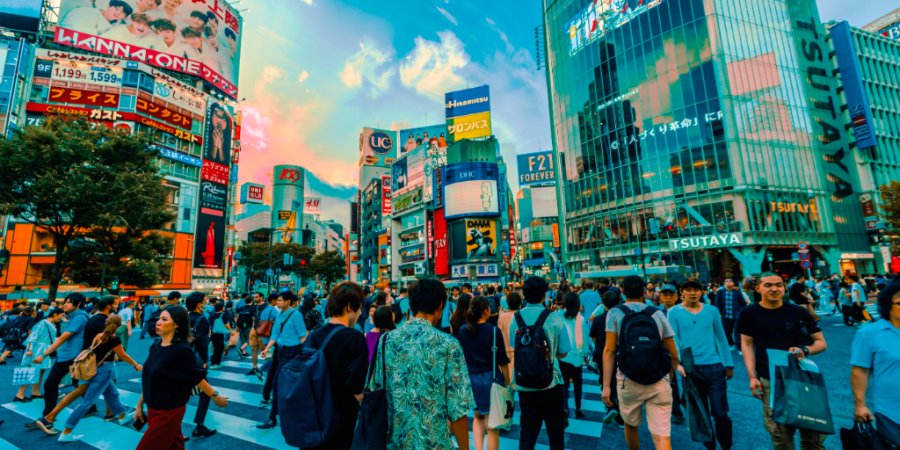Japan's Strict Immigration Laws and Recent Reforms

Japan has long been known for having some of the strictest immigration laws among developed nations. The country has traditionally been cautious about opening its borders to large numbers of immigrants. However, facing a rapidly aging population and shrinking workforce, Japan has started to slowly relax its immigration policies in recent years.
Overview of Immigration Policy in Japan
For most of the post-war period, Japan has maintained some of the strictest immigration policies among developed countries. Unlike Western nations, Japan has resisted opening its borders to large-scale immigration. Stringent controls have been imposed on all classes of visas. This restrictive approach stems from a mix of cultural, economic and demographic factors.
Origins in the Homogeneous Society Concept
A core tenet of Japan's national identity has been the idea of a racially homogeneous society. The population is over 98% ethnically Japanese. This homogeneity is viewed as a key element of social cohesion and harmony. Accepting large immigrant inflows has been seen as risking the disruption of this harmonious society.
Concerns about immigrants' ability to assimilate into the cultural mainstream underpin policies limiting their entry. The priority has been preserving social stability rather than maximizing immigration's economic benefits.
Labor Shortages and Resistance to Unskilled Immigration
Japan's postwar economic miracle created severe labor shortages which were partially filled by allowing immigration of ethnic Japanese from South America. But unskilled non-ethnic Japanese immigration remained strictly curtailed even during labor starved high-growth years.
Policymakers feared that low-skilled immigrant workers would not leave after their visas expired. The few visa categories available were explicitly tied to employers, and did not allow family unification, long-term stays or paths to permanent residency.
This resistance to unskilled immigration even amid desperate labor shortages reveals how deeply concerns about cultural assimilation and social harmony are entrenched in Japan's policy DNA.
Demographic Challenges and Persistence of Restrictive Policies
Japan's demographic decline which began in the 1990s has created an aging society with far fewer working-age people. But until recently, immigration policies saw minimal relaxation despite this labor force contraction.
The demographic logic for more open immigration was evident, but the cultural reservations remained dominant. The policy emphasis continued to be on maximizing participation of women, seniors and foreigners already in Japan, rather than expanding immigrant inflows.
However, the acute demographic crisis has finally forced some rethinking. Shortages have become too pressing in certain sectors, leading to highly selective relaxations of visa rules in the last few years.
Signs of Increasing Pragmatism
While cultural assimilation concerns still carry weight, worries about economic stagnation are pushing Japan's immigration debate in a more pragmatic direction. There is a growing recognition that controlled immigration can mitigate demographic challenges and labor shortages without necessarily threatening social stability.
Recent visa reforms to attract more high-skilled professionals represent the most significant policy shift. But the change is incremental, and Japan is still far from embracing large-scale immigration. The cultural emphasis on homogeneity continues to exert a restraining influence.
Recent Reforms and New Visa Categories

Faced with a shrinking population and severe labor shortages, the Japanese government has recognized the need for more foreign workers. Recent reforms have focused on expanding visa categories for higher-skilled employment.
In 2019, Japan introduced a new visa for higher-skilled foreign professionals that does not require an employer sponsor. This visa aims to attract talents in fields like IT, finance, science etc.
Highly Skilled Professional Visa
The highly skilled professional visa allows residency for up to 5 years for qualified applicants, even without securing employment in advance.
To be eligible, applicants must have advanced qualifications like a postgraduate degree or 10+ years of professional experience. Proficiency in the Japanese language is mandatory.
This new visa category departs from Japan’s traditional employer-tied system and gives skilled workers more freedom to determine their own career paths. It represents a major step towards opening the doors to targeted immigration.
Challenges and Outlook
While recent visa reforms demonstrate Japan’s increasing openness to immigration, major challenges remain for smooth integration of foreign workers.
Language barriers continue to be a big obstacle. Most foreigners struggle with the Japanese language, which makes assimilation into the local community difficult. Provisions for language training and translation services remain inadequate.
Cultural assimilation is another challenge. Japanese corporate culture and social norms are often unfamiliar to immigrants. More needs to be done to help foreign workers adjust to the Japanese way of life.
There are also concerns about discrimination against immigrant workers in certain sectors. Recent reforms have focused on highly skilled professionals, while conditions for temporary lower-waged contract workers remain problematic.
Going forward, as Japan accepts more foreign workers, the country will need to build up its integration infrastructure. This includes expansion of language programs, streamlining of certification processes, stronger anti-discrimination laws, and provision of social services for expats. A comprehensive integration policy is vital.
The path ahead will not be straightforward for Japan as its population becomes more diverse. But controlled immigration can provide solutions to demographic and economic challenges. Recent visa reforms are a step in the right direction, and signal Japan’s increasing pragmatism on the issue.
Conclusion
As a country with rich art, culture and recent innovation, Japan is slowly transforming its restrictive immigration system as it acknowledges the need for foreign workers. Recent highly skilled professional visas represent a major departure from past policies. However, better infrastructure for integration must accompany this opening up. Japan has a long way to go before it can be considered truly open to immigration. But reforms made in recent years show a recognition of immigration's potential benefits, setting the stage for gradual yet positive change. You can contact immigration lawyers if you are interested in immigration to Japan.
More to Read:
Previous Posts:
Next Posts:



